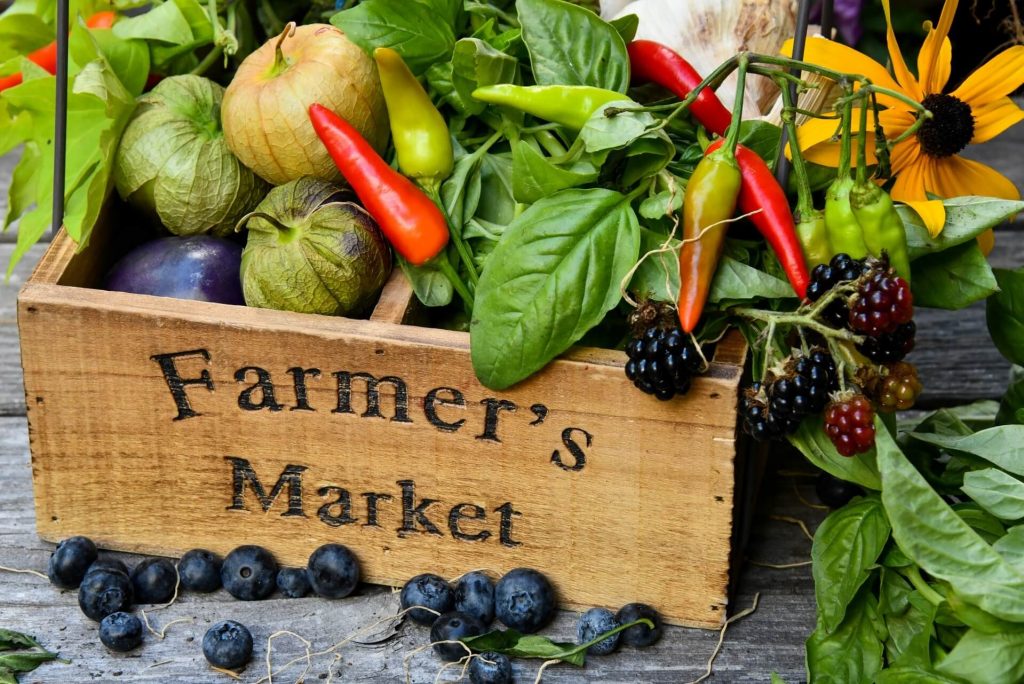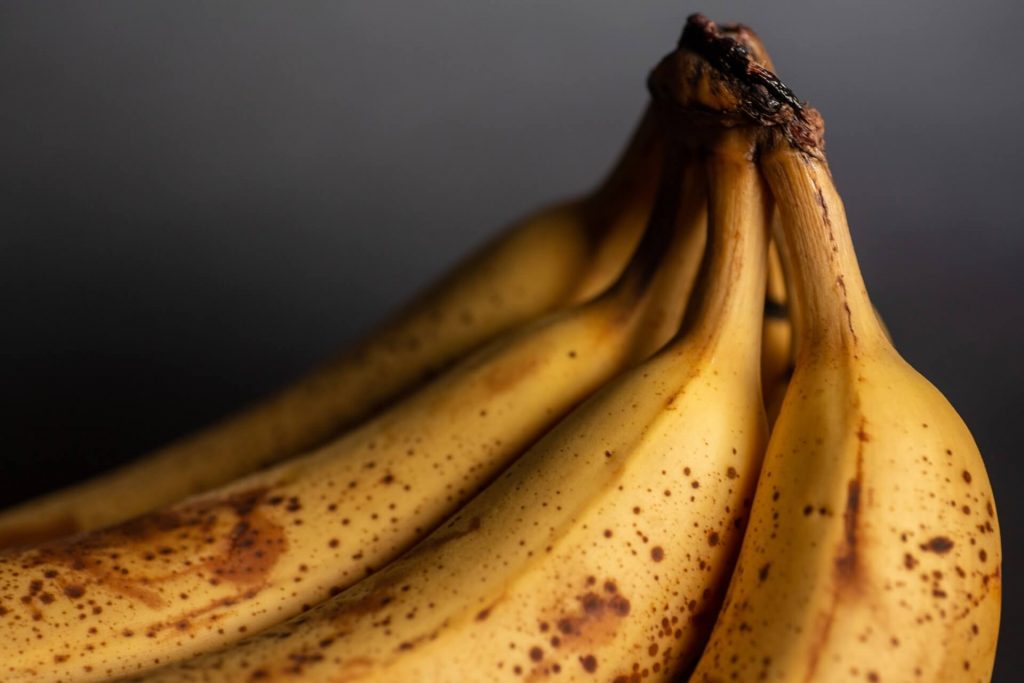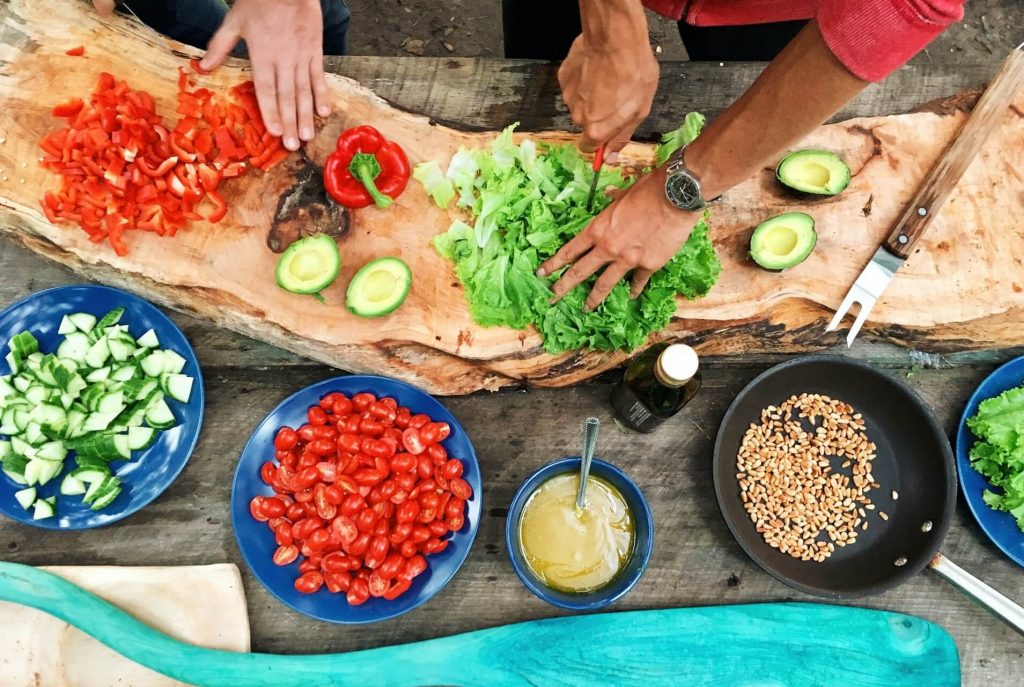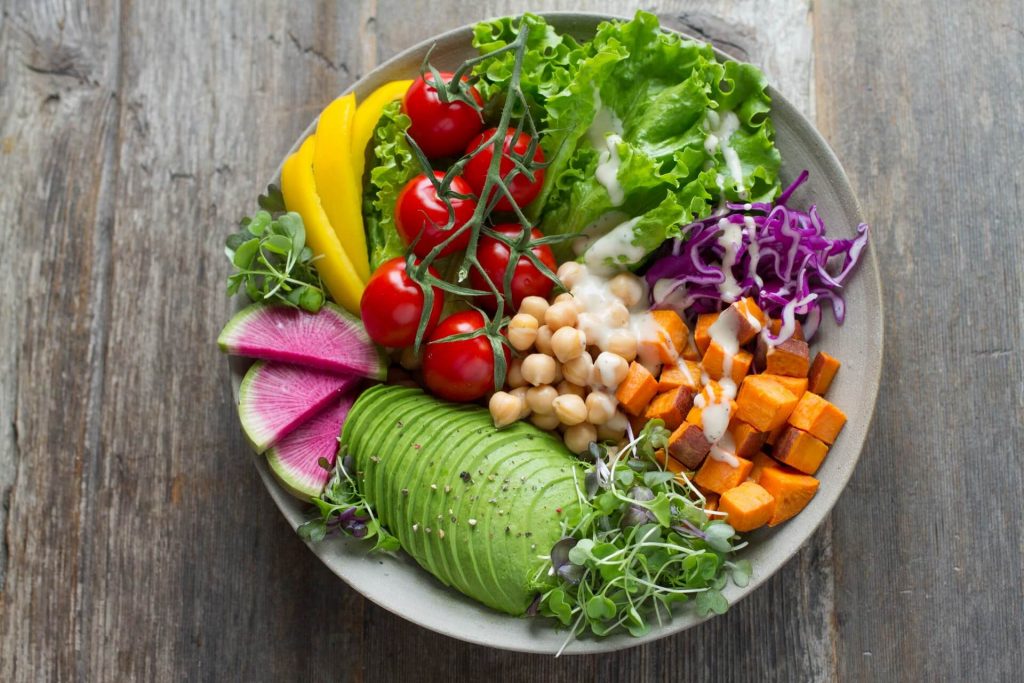Few things influence our everyday lives quite as much as what we eat.
And taking the time to understand the environmental cost of what is on your plate is an important step for anyone looking to lead a greener life.
With that in mind, here are some eco-conscious food ideas.
Moderate Your Meat Consumption
It’s no secret that meat farming is a problematic industry from an environment and sustainability point of view.
And while full on veganism or vegetarianism might not be for everyone, eating a few veggie meals during the week is an easy way start.
Check out Minimalist Baker and Cookie and Kate for some simple veggie recipes.
When I first decided to go vegetarian, I remember it felt strange at first to not have any meat on my plate, because I had been brought eating meat at nearly every meal.
But trust me, veggie meals can be just as filling and enjoyable. You never know, you might even end up with some new favourite dishes!
Choose Local Foods
Eating local is another great way to make your diet sustainable.
Locally sourced foods have shorter supply chains, which means fewer preservatives, fewer associated transport emissions and little to no packaging. Plus you get to support your local economy and get the freshest food for your next meal!
Local bakers, butchers, farmers, grocers and shop owners will have the best information on what produce is fresh and in season. And if you can’t find what you want locally, simply go for the nearest alternative.
For example, living in Ireland I can’t always find what I want locally. But in those cases I’m still happy to buy produce from nearby regions like the UK or mainland Europe.

Eat What’s in Season
This one ties in with eating locally. Some foods may not be produced year-round in your area, but usually when one product is not in season another one will be.
Try to adapt your diet according to what is available locally. This will provide you with a more varied diet full of fresh produce. And you might find some new foods that you wouldn’t previously have tried.
Consult your local shop owners for information on what’s in season and how best to use it.
Buy Ingredients and Learn to Cook
It can be tempting to opt for readymade meals and prepackaged foods while doing your shopping, but these are rarely the sustainable choice.
Instead, why not buy raw or fresh ingredients and try to prepare your meals yourself. It doesn’t have to be every meal, but even preparing half your meals is a great start.
Buying your own ingredients is a much more eco-friendly option for a variety of reasons. It reduces the amount chemicals and preservatives in your food, it allows you to choose your quantities and reduce potential waste, it helps to avoid excessive packaging, and it means fewer associated transport costs to get food from the farm to your table.
Plus, you get fresher, healthier food, often for a cheaper price overall! Local markets are a great place to look for ingredients and fresh local produce at good prices.
Vary Your Diet
Moderation is the key to eating a varied and balanced diet, and the same goes for a sustainable diet.
You should try to avoid becoming over dependant on one food. Because if you are dependent on it you can bet that a lot of others are as well.
Mass overconsumption of any one product inevitably leads to unethically produced and irresponsibly sourced food being sold.
A good example is the overfishing of Atlantic cod due to mass consumption.
Likewise, palm oil is a useful product that has become a major environmental problem because of our inability to moderate it’s use.
Eat Healthy
Healthy eating isn’t a new idea, but you may not have thought of it as a sustainability issue.
Healthy foods tend to be whole foods. They are low in chemicals and preservatives, and usually have less packaging than more processed alternatives.
Eating healthy can also just mean eating a little less. And given that overconsumption drives many of the issues facing our environment, less is more!
Grow Your own
Take your sustainable food goals one step further by growing your own!
While it’s great to support local business when you can, if you have the capability to grow your own food then definitely give it a go.
A small tomato plant or lettuce can be grown on a windowsill or apartment balcony, so you don’t even need a big garden to get started. Check out GIY for some growing tips!
Growing your own means zero packaging, zero transport emissions and a low-cost way to eat.
Plan Your Meals Before Shopping
A lot of food waste is simply down to consumers buying more than they really need.
By roughly planning out your meals for the week you can get a better idea of what foods you need and what quantities. Make a shopping list and try to stick to it.
This means less food going in the bin, and less food waste ending up in landfills.
Check out my post on Sustainable Shopping for more ways to reduce your impact while shopping!
Buy “Ugly” Foods
Foods that have defects or that are slightly discoloured are the least likely to be sold and will often end up as unnecessary food waste.
A lot of the time there is nothing wrong with these foods, they just don’t look as picture perfect as we’re used to.
So, why not pick up a few “ugly” foods for your next meal.
Bruised or discoloured fruit and veg will still work great in smoothies or for cooking and baking.

Know Where Your Food Comes From
Even if you aren’t buying local, it’s always a good plan to find out where your food is coming from.
This idea is twofold. Firstly, you should check to see where the food is travelling from. If it has been flown from halfway round the world, maybe you can find an alternative closer to home.
Also, not all foods are produced responsibly. It makes sense to ensure that the businesses you are supporting have sustainable policies in place.
Do some research on the products you buy or ask store owners about the businesses they work with to make sure the food you buy is being properly sourced.
Look for Food with Sustainability Certifications
Keeping an eye out for sustainability certified foods is another good habit to get into.
You’ve probably seen these on your local supermarket shelves. There are a huge number of certs covering aspects of quality control such as supply chain management, ethical labour conditions, responsible sourcing etc.
They vary depending on location but some common ones to look out for are Fairtrade, Rainforest Alliance, Forest Steward Council (FSC) and Marine Stewardship Council (MSC).
Beware of Palm Oil
As mentioned earlier, palm oil is a common ingredient in many packaged foods, but it should be one you try to avoid.
It is a major driver of deforestation around the world so the less of it you can consume the better.
Try to check any packaged foods you buy to see if they contain palm oil, you might be surprised how often it pops up.

Keep Leftovers
Sometimes we all bite off more than we can chew, but if you do have leftovers, don’t just dump them in the bin.
Annually about 30% of food produced globally is wasted, and a lot of that is down to perfectly good food being thrown out.
So, try to finish what’s on your plate, or simply take less to begin with. Reuse leftovers and invest in some reusable containers to keep them fresh for the next meal. Any waste you do create, try to compost it.
Compost Food Scraps
When disposed of incorrectly, food waste often ends up in a landfill where it produces methane and further damages our environment.
Composting your food scraps allows you to prevent that waste by turning it back into fertilizer for your garden.
Have a look at this guide for a rundown of how composting works and how to get started.






